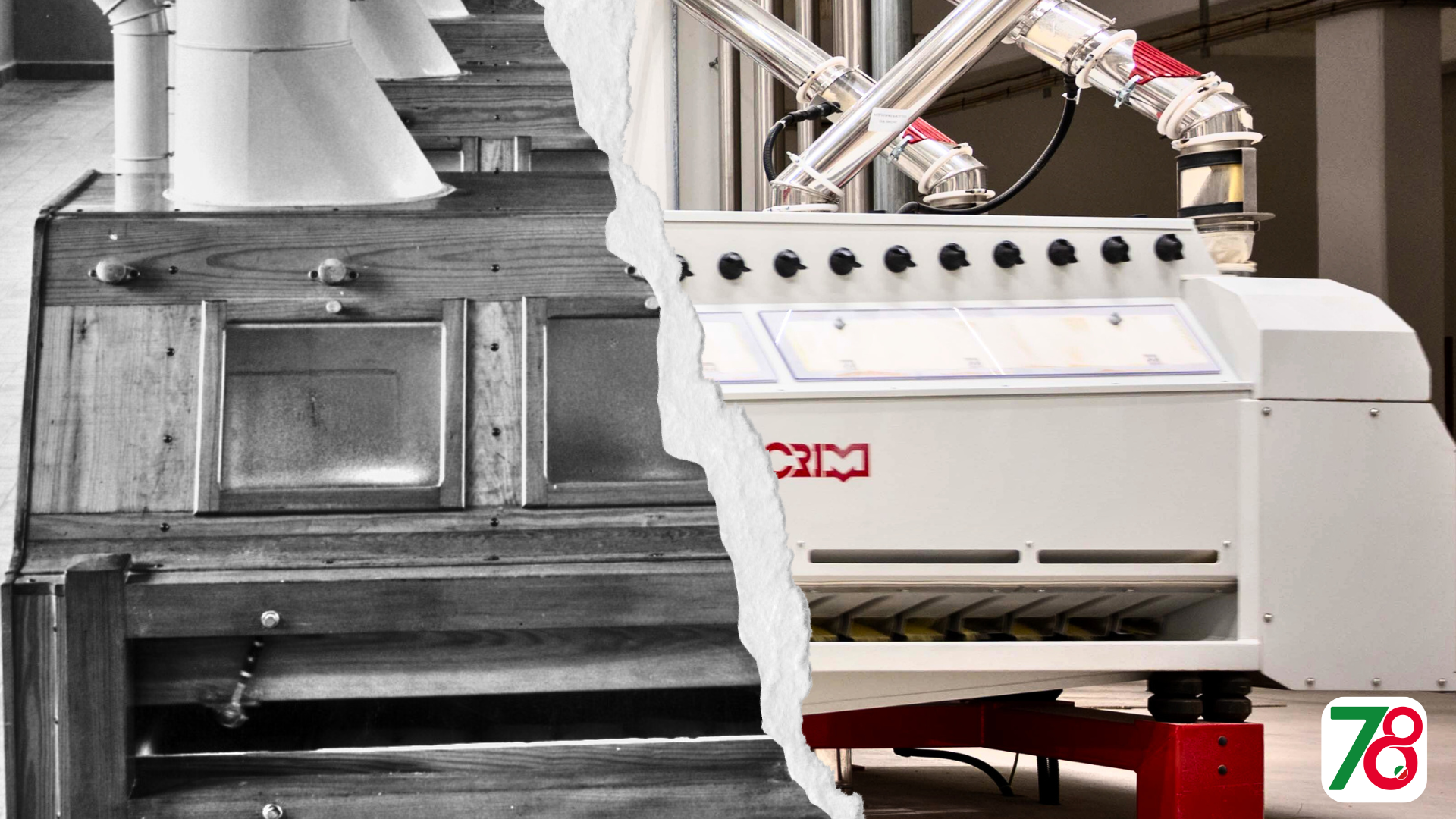Water and durum wheat semolina are the only ingredients of the most typical Italian product: pasta. Over time, the symbol of Italian cuisine has spread all over the world, where it is widely appreciated, and the growing demand has increased the cultivation of durum wheat which, initially, was limited to the southern and eastern Mediterranean. However, there is another product that is spreading more and more even on European tables: couscous, the same ingredients as pasta but belonging to a different culinary tradition.
This development has created the need to produce high and constant quality semolina without bran. It was for this purpose that the purifier was created. It’s the third most important mill machine – after the roller mill and the plansifter – with the task of perfecting the work of selecting the best semolina, separating and classifying them according to their specific weight and density.
The first prototypes date back to 1830, they were equipped with a fan to separate the lighter fractions such as bran. Subsequently they were designed with suction of air currents and the operation of the purifier was gradually perfected up to the present day.
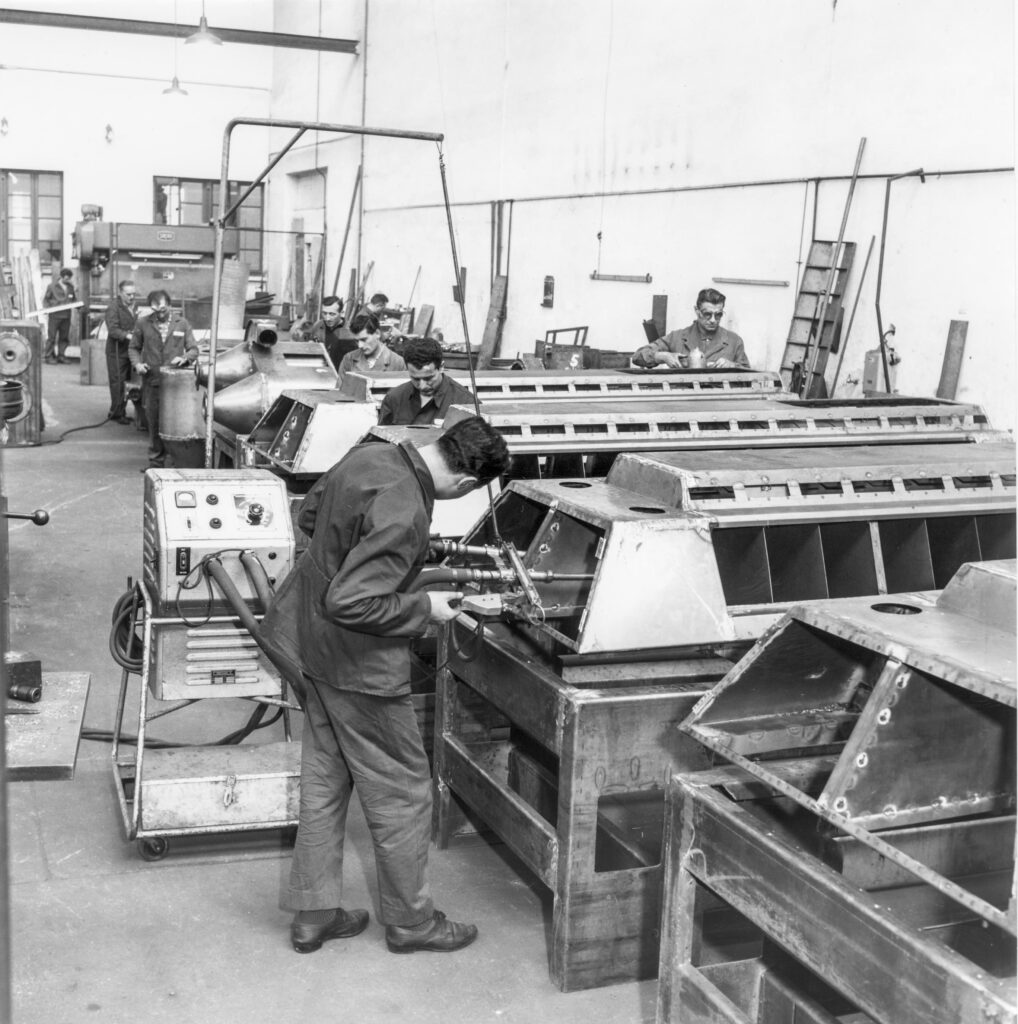
Since the 1950s, the technology of Ocrim purifiers has had a progressive evolution both from a design and aesthetic point of view. But let’s go in order and discover the fundamental stages of the evolution of the Ocrim purifier.
1950
The first models of semolina cleaners, made with a sturdy frame in evaporated pink beech with a pitch pin suction hood, consisted of two or four rows of four interchangeable and independent sieves, equipped with brushes for automatic cleaning of the gaskets. Below the sieves there were two or four double shaking collectors-conveyors, equipped with doors for separating the products, controlled by a shaft with double eccentrics mounted on ball bearings. A steel adjustment rod regulated their inclination and special screw-down valves allowed the quantity of intake air to be calibrated on each of the sieves. Double purifiers were normally used in soft wheat mills, while quadruple ones were installed in durum wheat ones to obtain better cleaning and grading of the semolina. For low-capacity buildings, the installation of quadruple purifiers was also recommended for soft wheat, because they allowed the hourly production to be doubled.
Later was introduced the series of multiple and quadruple purifiers with adjustable collectors and smooth external surfaces, painted with enamel. They were equipped with large watertight windows to facilitate access and inspection of the internal parts. Alongside these models there was the metal semolina purifier, essentially consisting of a base and a suction hood, joined by self-locking nuts, trimmed with nylon, resistant to vibrations. The machine was equipped with a double series of sieves arranged on two levels, trimmed with grize-gaze silk.
1961
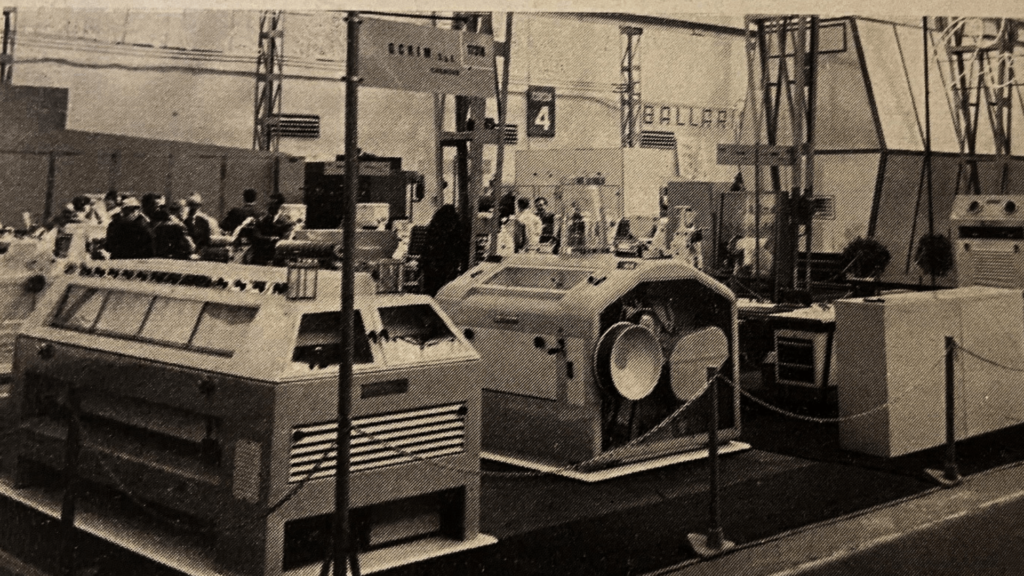
At the Fiera Milano, Ocrim presented four new machines, including the SK triple sieve purifier designed with two parallel series of sieves arranged on three superimposed levels for a total of 24 sieves. The feeding was ensured by a balancing hopper and by a series of multiple jumps and the inclination of the sieve holder frame could be adjusted with a micrometre even with the machine running. The product conveyor-collector was equipped with 24 diverter valves, while the six wastes of the corresponding series of sieves were collected in two special unloading boxes equipped with sorters which made it possible to combine the first waste with the second and the second with the third.
1985
New needs related to hygienic emerge in the mill and Ocrim promptly responds with all the scientific expertise of its R&D department by designing the SD purifier. It stands out for its compact design, the adoption of new materials and cutting-edge mechanical solutions It has two independent and unobstructed suction hoods divided into air normalization partitions with individual regulation valves. The sieves are made of aluminium and the distribution of the selected products is obtained using easily adjustable tilting valves, placed in the collectors-conveyors below the sieve holder body. To obtain a uniform distribution of the product on the sieves, the feeding is equipped with a vibrating channel with a self-adjusting knife gate valve. The “SD” purifier model is built with 2 and 3 rows of superimposed sieves.
1988
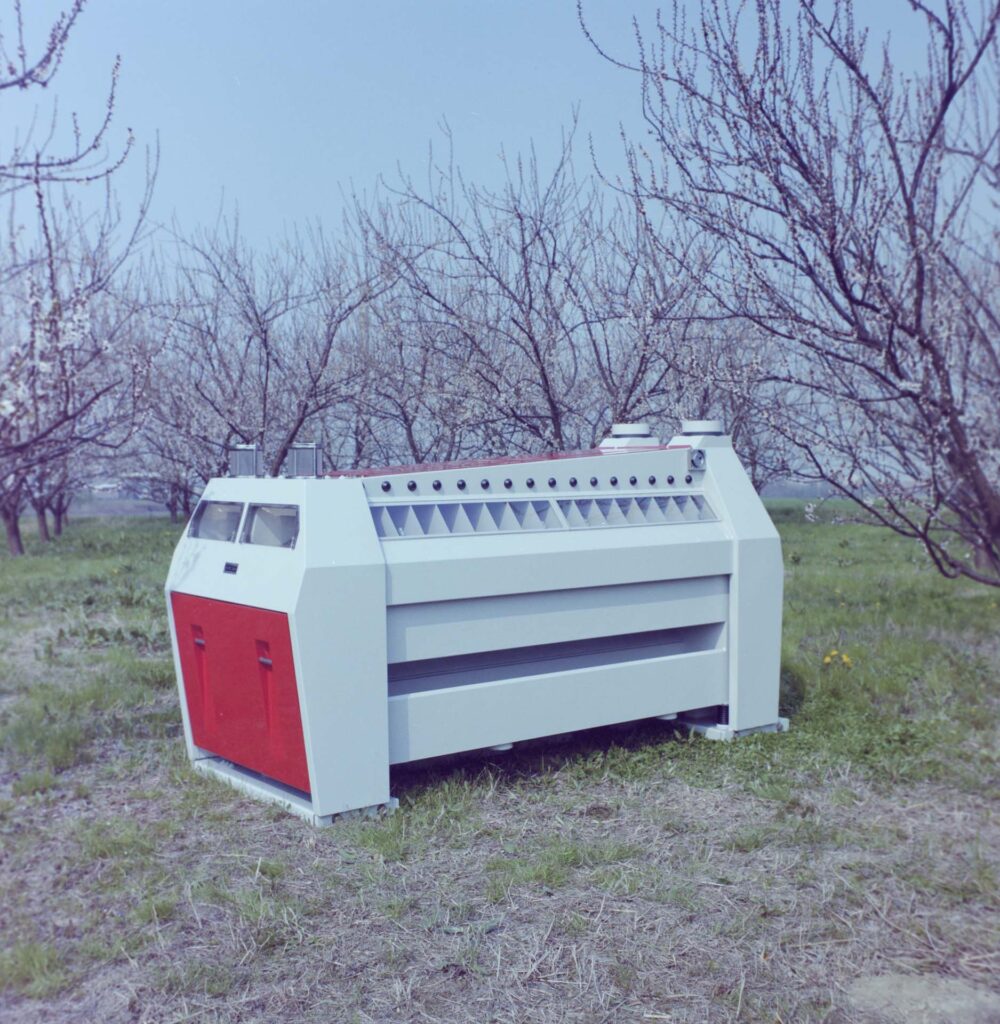
SD 500 double purifier. With this model, Ocrim further improves the hygienic performance obtaining an exceptional cleaning effect of the semolina, thanks to the patented suction system which guarantees the perfect distribution of the air on the frames and the total absence of deposits in the suction hood. It is a double machine with three rows of 500×500 mm sieves and two independent suction hoods. The machine is only 1,180 mm wide and its oscillating body is mounted on four freely oscillating cylindrical springs; the linear alternating movement is generated by two vibrator motors and the suction is regulated by 32 valves with a patented airfoil profile.
1997
SDA 500 double purifier. The demand for high-quality flour increased and Ocrim developed a series of patents for the new SD series which offers important advantages. The division sectors are designed with a new design so that they can vary according to the height of the product on the sieve and offer perfect stratification; the inlet of the product is also inclined before it reaches the sieve. A new aerodynamic shape of the profile of the air regulating valves allows for fluid dynamics optimisation. In cases of reduced spaces, common to several buildings, the superimposable machine becomes strategic, a quadruple solution, which keeps the suction independent. Finally, a high degree of stability is obtained with a revolutionary drive system using rotating masses and a timing transmission belt. The machine, moved by a standard motor, guarantees absolute synchronism between the eccentric masses both in the start/stop phase and in the normal running.
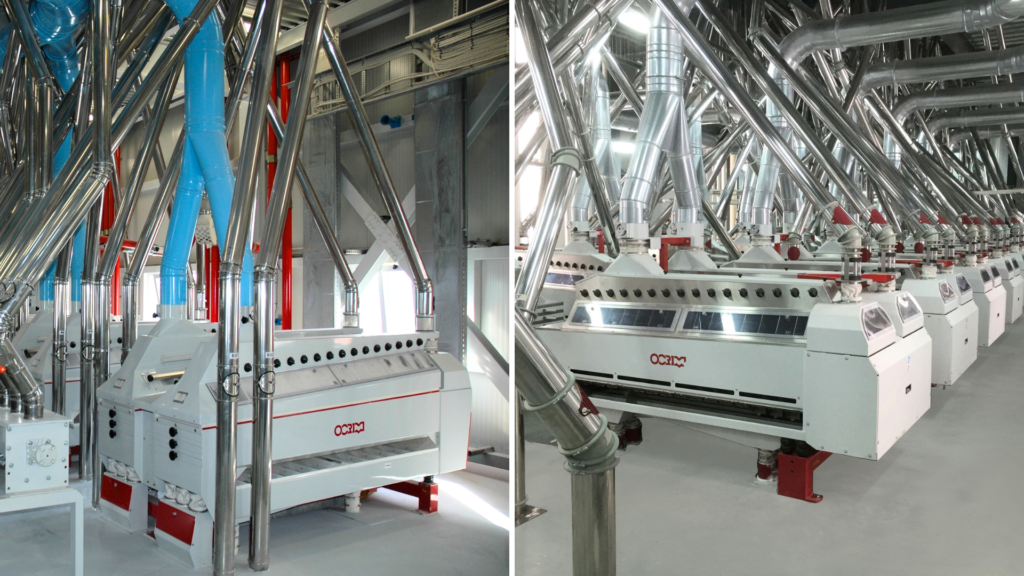
The purifier type SDB includes all the innovative functions of the SDA 500 and further specializes in the middlings purification. The machine is complete with three layers of sieves, 500×500 mm and two independent exhaust hoods, inclined to ensure perfect cleaning. Exhaust is adjusted by 32 patented airfoil profile valves to allow independent air control on the entire length of every quarter section of each sieve. The latest versions, which complete the SD series, are the SDX and SDI models, one made in stainless steel and the other in painted steel. The main feature that differentiates these models from the previous SDB is the type of hood, from fixed to mobile so that the suction sectors maintain their relative position on the sieves.
For further information on Ocrim machines, read the articles already published relating to the roller mill and to plansifter



